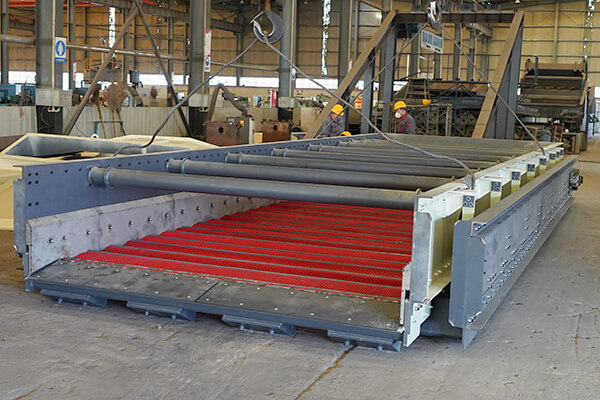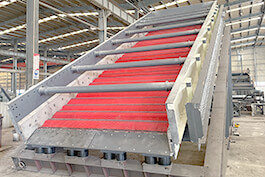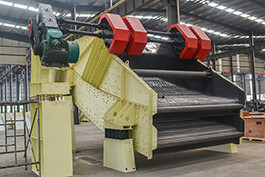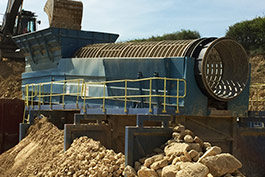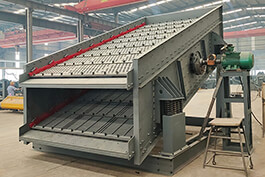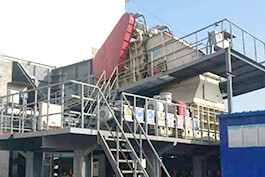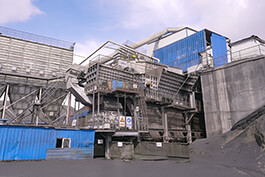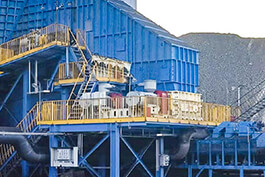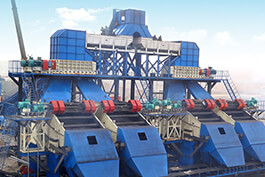The flip flow screen is mainly used for screening wet, muddy, granular, and sticky materials, as well as various difficult-to-sift materials. Its screen is made of materials such as expandable polyurethane. During operation, the screen repeatedly tightens and relaxes, causing the materials to have a bouncing forward movement on the screen surface, thereby screening the materials and avoiding the adhesion of the materials to the screen and the blockage of the screen holes.
When the screen is tightened, it is pulled flat upwards, and when it is relaxed, it bends downwards. During the repeated tightening and bending of the screen, due to the relatively weak longitudinal inter-strips of the screen mesh in the direction of the screening machine, it is very easy to fatigue and damage the screen mesh, which will directly affect the service life of the screen mesh.
The purpose is to provide a
flip flow screen screen with grooves, which can effectively increase its service life, reduce the number of replacements, and lower production costs. This invention is achieved through the following measures, mainly consisting of mesh holes, longitudinal inter-stripes of mesh holes, and transverse inter-stripes of mesh holes. Its feature is: Grooves are set on the transverse inter-stripes of mesh holes. The grooves can be set on each transverse inter-strip of mesh holes or on some transverse inter-stripes of mesh holes. The grooves can be arc-shaped or u-shaped. Grooves are machined on the transverse inter-stripes of the conventional screen mesh to overcome the deficiency of only stretching and bending the longitudinal inter-stripes of the mesh holes during the operation of the conventional screen mesh. By adjusting the depth of the grooves, the bending degree and stretching length of the mesh holes during the screening of materials are changed, increasing the service life of the screen mesh.
Horizontal and vertical refer to the direction when the screen is installed on the screen box, that is, the horizontal direction is perpendicular to the direction of material flow on the screen box, and the vertical direction is parallel to the direction of material flow on the screen box. The beneficial effect of this invention is that due to the grooves machined on the transverse inter-stripes of the screen mesh, during the stretching and bending of the screen mesh, not only the longitudinal inter-stripes of the mesh holes are stretched and bent, but also the transverse inter-stripes of the mesh holes participate in the stretching and bending process. This reduces the bending degree and stretching length of the longitudinal inter-stripes of the mesh holes during the screening of materials and reduces the fatigue damage of the longitudinal inter-stripes. It has a simple structure, convenient implementation, and effectively increases the service life of the screen mesh, reduces the number of replacements of the flip flow screen screen mesh, and lowers production costs. It can be applied to the
flip flow screen on the screening machines for screening various materials in fields such as metallurgy, building materials, coal, and environmental protection.


